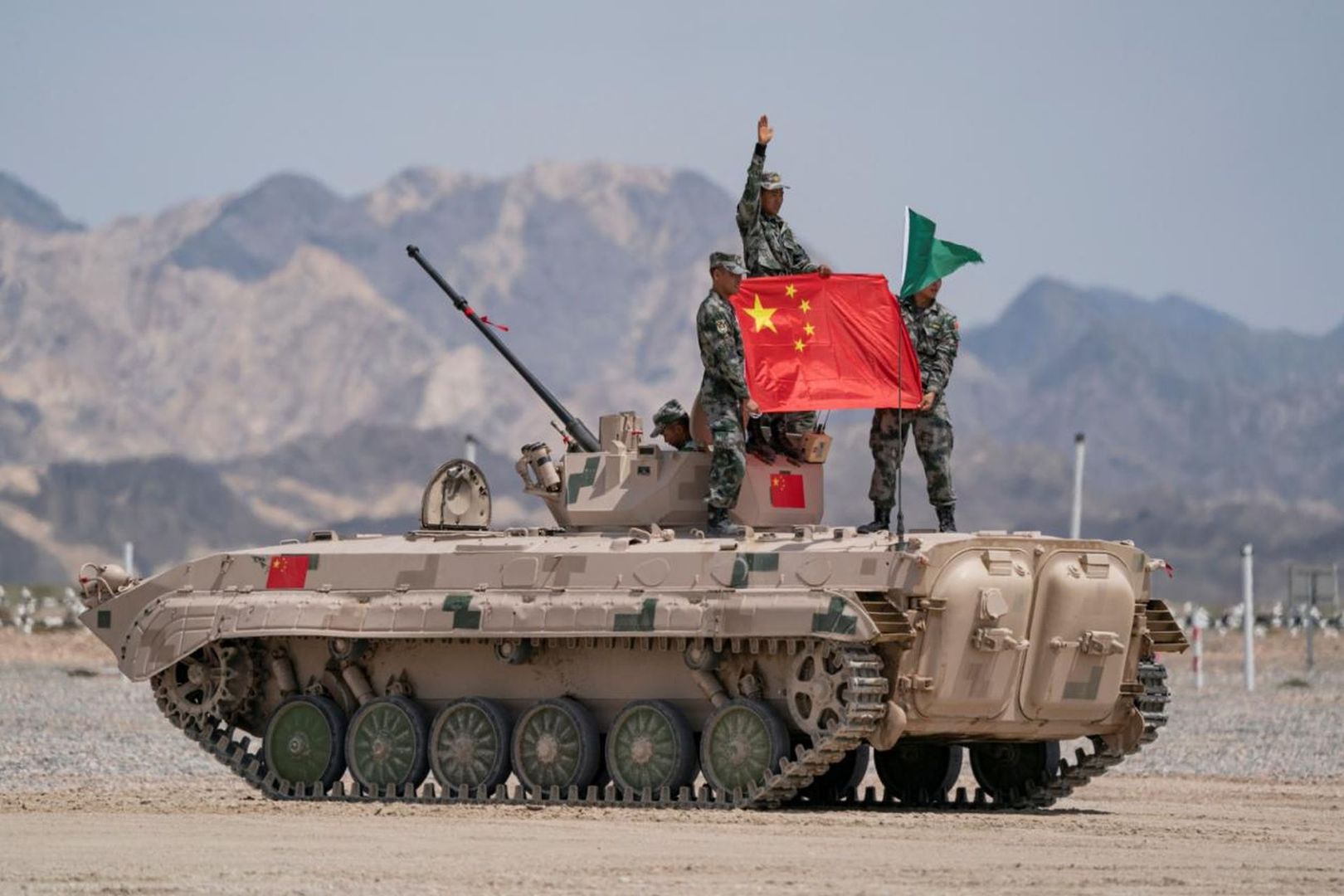China will increase its military budget by a slower 6.6 percent this year, the government announced Friday at the opening session of its annual National People’s Congress.
The budget will be set at 1.268 trillion yuan ($178 billion) for the year — the second-biggest in the world after the United States — continuing a downward trend in military spending and lower than last year’s increase of 7.5 percent.
Beijing’s defence budget pales in comparison to the $738 billion allotted for this year’s US military budget.
The announcement comes as Sino-US tensions rise due to the coronavirus pandemic and as China remains locked in territorial disputes with neighbouring countries including India, Japan, and Vietnam over the South China Sea.
In recent years, China has poured trillions of yuan into the modernisation of its military, which it aims to transform into a world-class force rivalling that of the US and other Western powers.
In 2018, China announced its largest military budget increase in three years at 8.1 percent, to 1.1 trillion yuan.
But growth in defence spending has slowed since, with China and the US embroiled in a bitter trade war that has put pressure on the domestic economy, now further battered by the coronavirus pandemic.
“As China’s economic growth slows, its no surprise that military spending growth will also come down,” said Adam Ni, an expert on China’s military modernisation at Macquarie University in Sydney.
He pointed out that despite mounting tensions with the US, “defence spending has not risen sharply”.
The People’s Liberation Army reached two major milestones last year, unveiling both China’s first homegrown aircraft carrier and its first intercontinental ballistic missile capable of reaching the US.
China also built its first overseas military base in Djibouti, on the Horn of Africa, in 2017.
Beijing is designing a new generation of destroyers and missiles to strengthen its deterrent against Asian neighbours and the US Navy.
“The PLA has achieved great strides in terms of long-range artillery, electronic warfare and cyber capabilities, and also improved on its maritime and aerospace operations,” said James Char, a military expert at Singapore’s Nanyang Technological University.
“But if we compare it with other advanced militaries, the PLA still lags behind due to its limited experience in conducting combined arms operations and joint operations at battalion level.”











